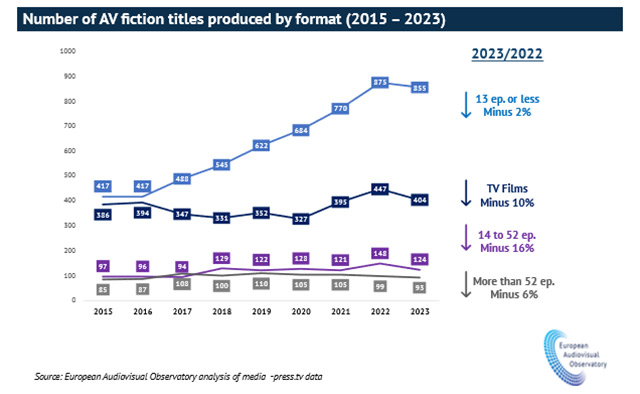World
‘We’re living like wild animals’: Europe’s largest shantytown waits in vain for power

The banner hanging over the busy road that runs through Europe’s largest shantytown carries a desperate plea that has now remained unanswered for four years.
“Luz para Cañada,” it reads – “Light for Cañada”.
On 2 October 2020, the lights went out in two sectors of the Cañada Real, the sprawling informal settlement that lies half an hour’s drive from the centre of Madrid. The loss of power – which the energy provider Naturgy attributes to illegal and intensive use that overloaded the system, triggering emergency shutdowns – affected about 4,000 people, including 1,800 children.
Two months after the power went, UN experts warned that the lack of electricity violated the children’s right to adequate housing and was having “a very serious effect on their rights to health, food, water, sanitation and education”. Almost two years after that, Spain’s public ombudsman described life in parts of the Cañada Real, where most people are of north African or Roma descent, as “an unsustainable humanitarian emergency situation”.
But despite all the outrage, the warnings and the protests, little has changed for those in the Cañada who remain, literally and metaphorically, powerless. Among them are the Fernández family, who sit outside their homes in sector six, soaking up as much daylight as they can. The fuel for the generators they have had to buy costs €15 to €20 a day, which rules out lighting their dark rooms by day. Come midnight, the generators are switched off and brought inside to prevent them being stolen.
“There are days when we don’t have enough money to buy fuel to run the generators, which we’ve had to do for four years,” says 30-year-old Quinito Fernández, who supports his family by collecting and selling scrap.
In the summer, when temperatures around the Spanish capital can climb past 40C (104F), he cools off his children with a hose. In winter, when the mercury can drop well below zero, the children wake in the dark and wash their faces in freezing water. The lack of electricity also means that a fridge is a costly luxury, so most of their food is tinned or bought every two days to stop it going off.
“Do you know what it’s like not to have fresh, decent food for your child?” he asks. “It makes them ill.”
No power means no washing machine, necessitating frequent and expensive trips to the launderette. Then there is the educational impact.
“In winter, they have to do their homework by candlelight,” says Fernández. “Sometimes I have to tell my son to stop doing his homework because it’s too dark and he’ll hurt his eyes. We’re living like wild animals; there are dogs that live better than this.”
Like so many of his neighbours, Fernández wants to be connected to the grid – and wants to pay for it: “I’d love to have a monthly bill like everyone else. It would be so much cheaper.”
Although he and his uncle, Antonio, are desperate to get the family rehoused, they know it could take years. While they wait, all they want is electricity.
Perhaps, he adds, the politicians – including Spain’s socialist prime minister, Pedro Sánchez – should come down to the Cañada and try living without power for themselves. “Why don’t they come and try it for a week?” says Antonio. “They wouldn’t be able to hack it.”
The regional government of Madrid says the surges are due to marijuana plantations that have been hooked up to the grid and are drawing so much power that the system trips repeatedly.
But while parts of the Cañada have a well-deserved reputation for drug sales and use, it is the town’s children and families who are paying the highest price for the lack of power.
The authors of a recent study into the electricity situation in the informal settlement said the cut was probably “the largest global disconnection logged in Europe for decades”, and one that was having dire consequences for half its inhabitants.
“The situation of extreme energy poverty that thousands of people living in the Cañada Real are exposed to – and its consequences in terms of greater segregation and stigmatisation as residents of the settlement – represents a real harm to their dignity as human beings,” its final report found.
“When we talk about energy poverty in Europe, we’re talking about people being unable to pay their bills,” says Ulpiano Ruiz-Rivas Hernando, one of the study’s authors. “But here it’s not a question of not being able to pay energy bills; it’s a question of not having the right to have a bill. That in itself generates a situation of insecurity and precariousness.” The obvious solution, he says, is to provide electricity.
after newsletter promotion
Naturgy says the lack of power is due to “network overloads caused by high, non-localised use”, adding that the supply cannot be restored for safety reasons.
“The company shares the concerns of those in the neighbourhood … when it comes to what is a serious and complex social problem,” says a spokesperson. “The company itself is also affected by illegal connections and by the intensive and irregular use of its electricity line.”
Another big problem is the fact that responsibility for the Cañada Real is shared between different institutions: three local town halls, including Madrid city hall; the government of the Madrid region; and the central government’s delegate to the region.
Neither Madrid city council nor the central government’s delegate provided responses to the Observer’s questions about what action was being taken to help those who have lacked power for the past four years.
But in March, a deal was reached between the different authorities that will see €330m spent on rehousing vulnerable families in the Cañada Real over the next 10 years. The regional government says it is working to help people in the town and has, over the past seven years, rehoused around 300 of the 1,600 eligible families.
A source for Spain’s social rights ministry says that while the minister, Pablo Bustinduy, has “no powers whatsoever” over the issue, he has met the public ombudsman to try to get something done.
“During the meeting, Bustinduy spoke about the absolute abandonment and lack of protection suffered by the people who live in the Cañada Real,” the source says. “It’s a painful and hurtful situation for any democracy but, unfortunately, it does not come under this ministry’s responsibilities.”
Not far from the banner and the Fernández family’s home is a wall sprayed with a hopeful message: “Tras cada sombra, una gran luz” – “After each shadow, a great light.”
Such optimism, however, is dimming as another winter approaches. For Mónica Moreno, a vet’s assistant who lives in the Cañada Real, the most devastating aspect of the past four years hasn’t been the lack of heat and light, nor the heavy snows that fell in 2020, nor even the Covid pandemic.
“The hardest part has been coming to terms with the fact that we just don’t have any rights at all,” she says. “There are kids and old people here who are suffering but no one wants to listen.
“The biggest sadness in all this is that you’re just simply not seen as a person.”










